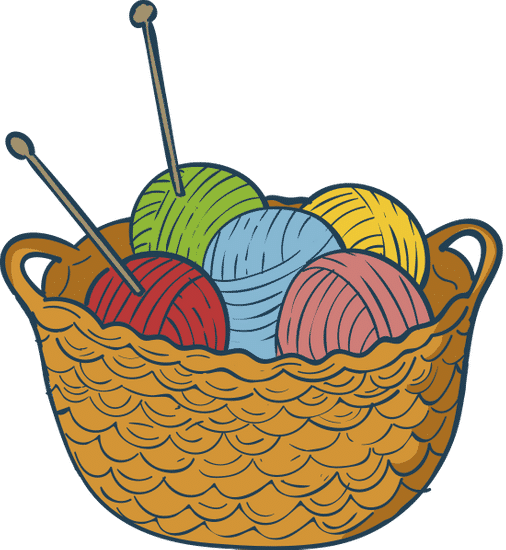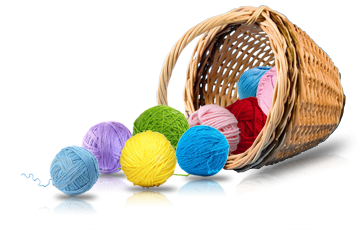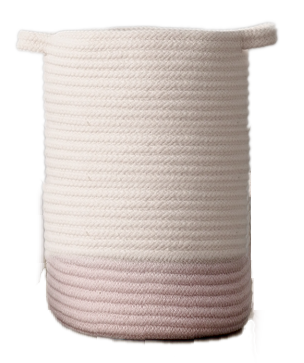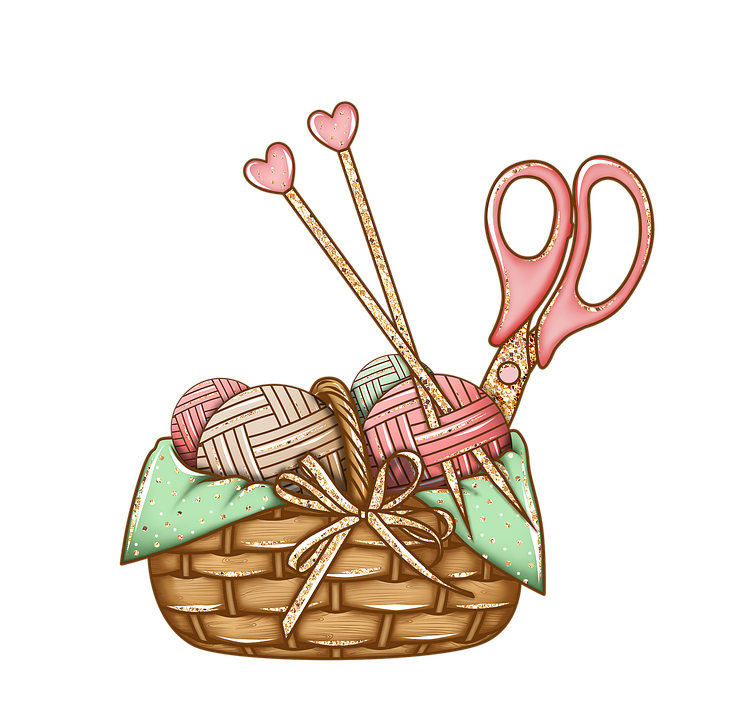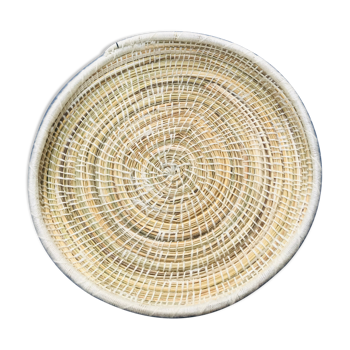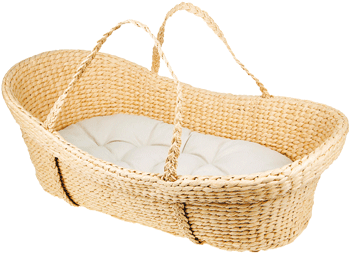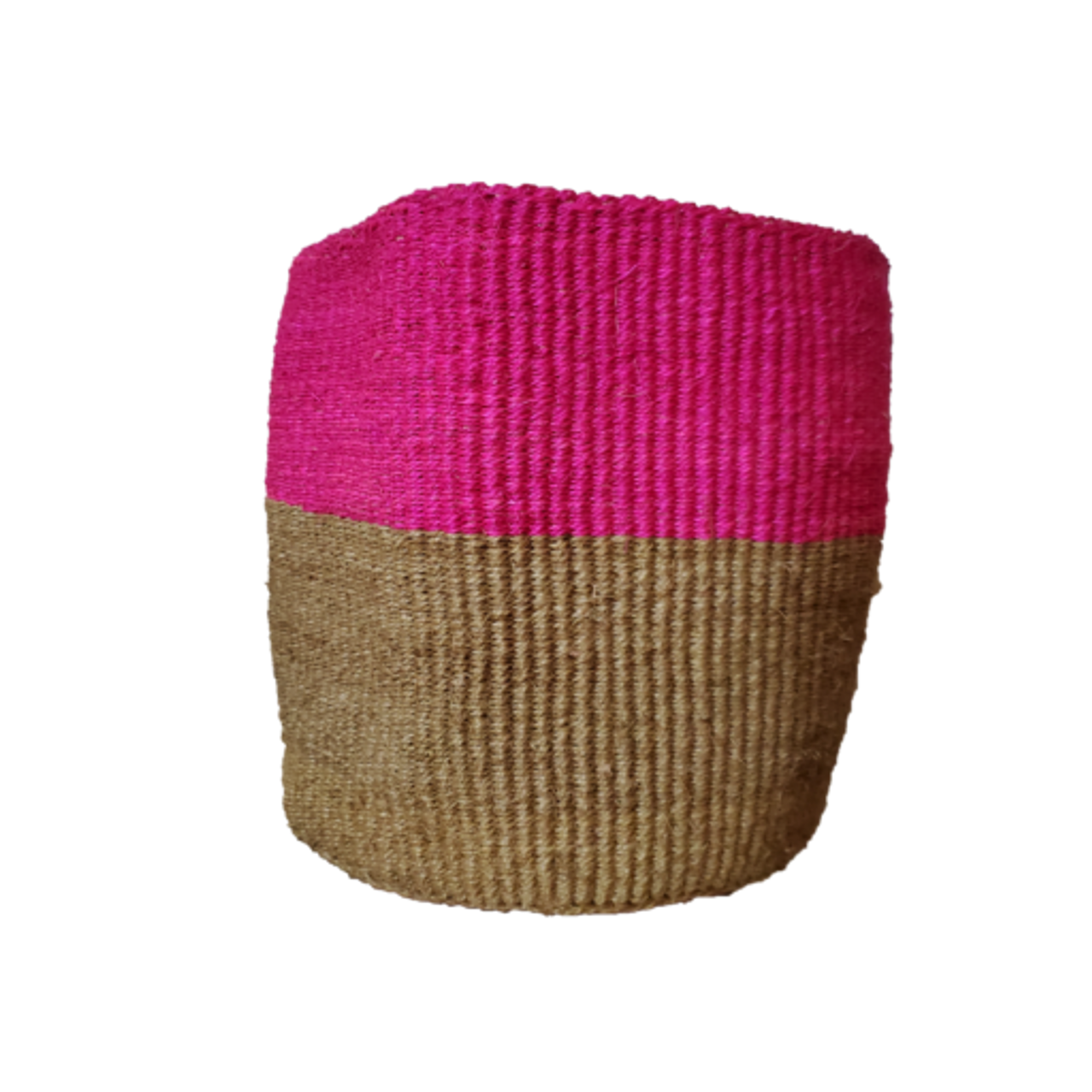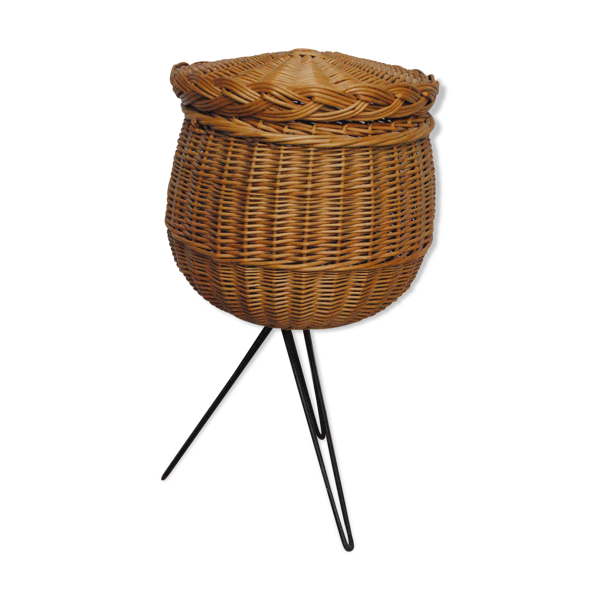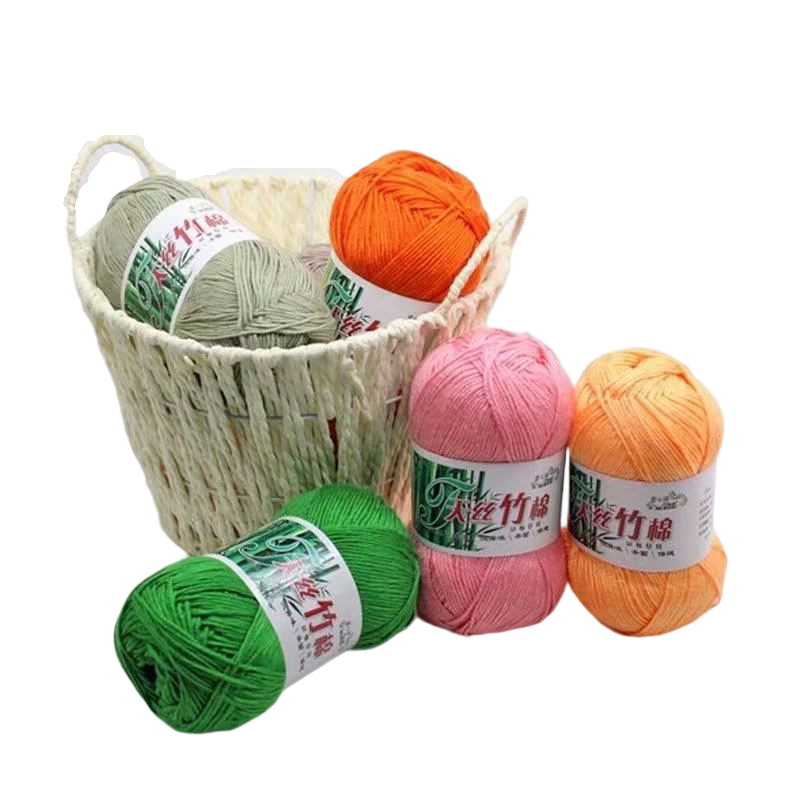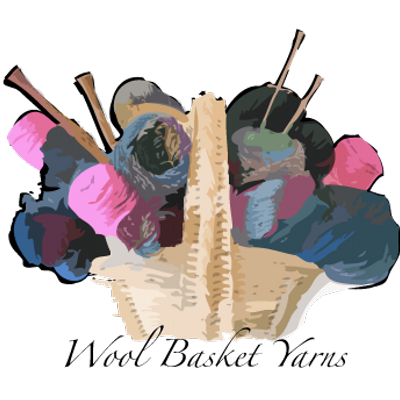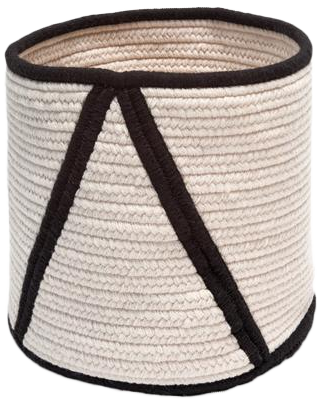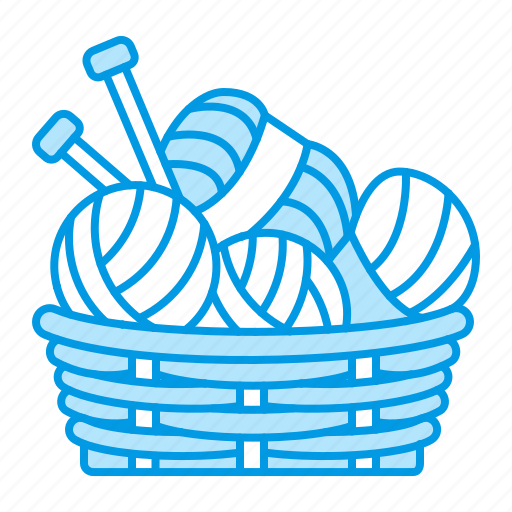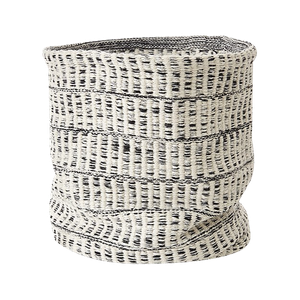Download top and best high-quality free Basket Wool PNG Transparent Images backgrounds available in various sizes. To view the full PNG size resolution click on any of the below image thumbnail.
License Info: Creative Commons 4.0 BY-NC
The textile material known as wool is derived from sheep and other animals, including goats, rabbits, and camelids. The phrase can also be used to describe inorganic substances that resemble animal wool, such as mineral wool and glass wool.
Wool is an animal fiber made primarily of protein with a trace amount of lipids. This sets it apart chemically from cotton and other plant fibers, which are mostly made of cellulose.
Small cells found in the skin called follicles make wool. These follicles are situated in the epidermis, the top layer of skin, and when the wool fibers develop, they push down into the dermis, the second layer of skin. Primary or secondary follicles are the two categories within which follicles fall. Kemp, medullated fibers, and genuine wool fibers are the three forms of fiber that primary follicles create. Only real wool fibers are produced by secondary follicles. Medullated fibers are long and almost comparable to hair in appearance, but they lack crimp and flexibility. Kemp fibers shed off and are exceedingly coarse.
Fleece of fine New Zealand Merino wool and combed wool top on a wool table
The term “wool crimp” describes the distinct natural wave that each fiber of wool exhibits when it is worn by an animal. The crimp of wool and, to a lesser extent, scales assist the individual fibers connect to one another so they stay together, making it simpler to spin the fleece. Wool fabrics are bulkier than other textiles due to the crimp, which also helps the cloth contain air and retain heat. Wool restricts heat transfer because it has a high specific thermal resistance. Due to the fact that Bedouins and Tuaregs wear wool clothing for insulation, this impact has helped desert dwellers.
The minute barbs on the surface of the wool fibers link together when hammered or subjected to other mechanical stimulation, causing felting of the wool. Wet felting or dry felting are the two primary categories of felting. Wet felting is the process of agitating wool with water and a lubricant (particularly an alkali, like soap), causing the fibers to mingle and join together. The felting process is accentuated by temperature shock while moist or wet. On an animal’s back, some natural felting may take place.
Wool has several qualities that distinguish it from hair or fur: it is crimped and elastic.
Download Basket Wool PNG images transparent gallery
- Basket Wool
Resolution: 506 × 550
Size: 54 KB
Image Format: .png
Download
- Basket Wool No Background
Resolution: 364 × 230
Size: 133 KB
Image Format: .png
Download
- Basket Wool PNG Clipart
Resolution: 304 × 363
Size: 143 KB
Image Format: .png
Download
- Basket Wool PNG Cutout
Resolution: 755 × 720
Size: 360 KB
Image Format: .png
Download
- Basket Wool PNG HD Image
Resolution: 350 × 350
Size: 199 KB
Image Format: .png
Download
- Basket Wool PNG Image HD
Resolution: 349 × 253
Size: 64 KB
Image Format: .png
Download
- Basket Wool PNG Image
Resolution: 1280 × 1280
Size: 1642 KB
Image Format: .png
Download
- Basket Wool PNG Images HD
Resolution: 400 × 368
Size: 43 KB
Image Format: .png
Download
- Basket Wool PNG Images
Resolution: 600 × 600
Size: 203 KB
Image Format: .png
Download
- Basket Wool PNG Photo
Resolution: 800 × 800
Size: 599 KB
Image Format: .png
Download
- Basket Wool PNG Photos
Resolution: 400 × 400
Size: 166 KB
Image Format: .png
Download
- Basket Wool PNG Pic
Resolution: 322 × 400
Size: 197 KB
Image Format: .png
Download
- Basket Wool PNG Picture
Resolution: 512 × 512
Size: 63 KB
Image Format: .png
Download
- Basket Wool PNG
Resolution: 300 × 300
Size: 144 KB
Image Format: .png
Download
- Basket Wool Transparent
Resolution: 500 × 306
Size: 78 KB
Image Format: .png
Download
